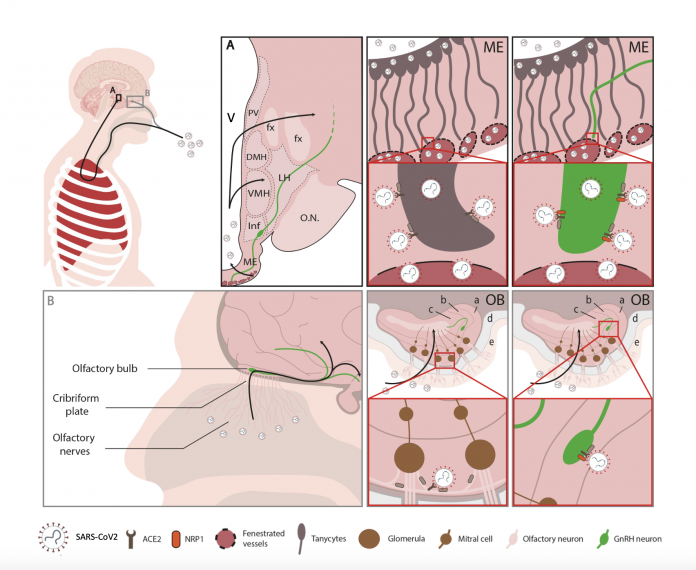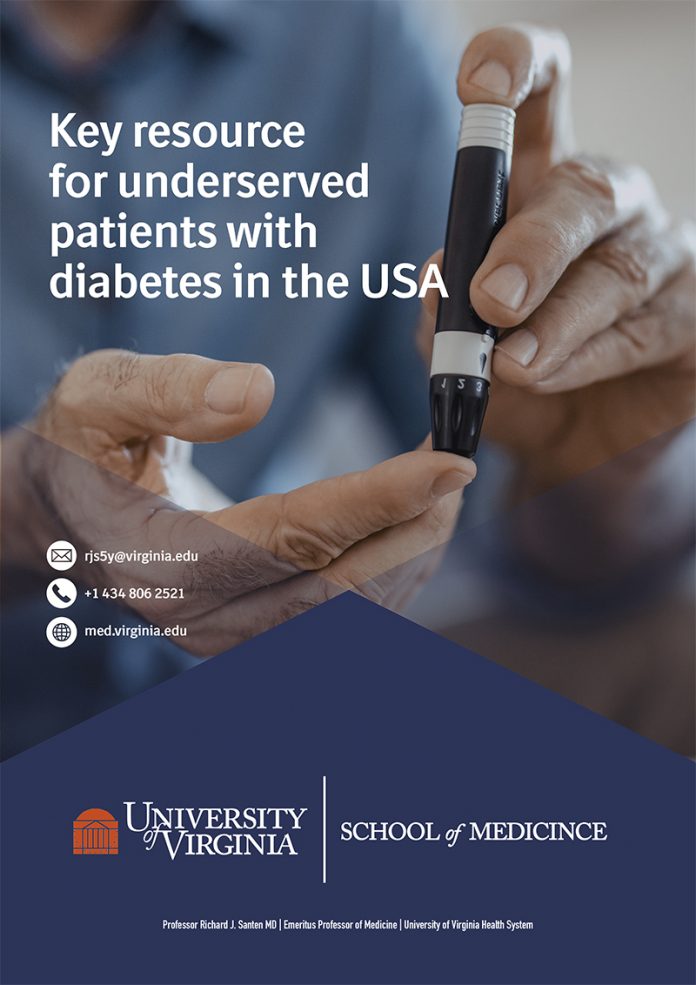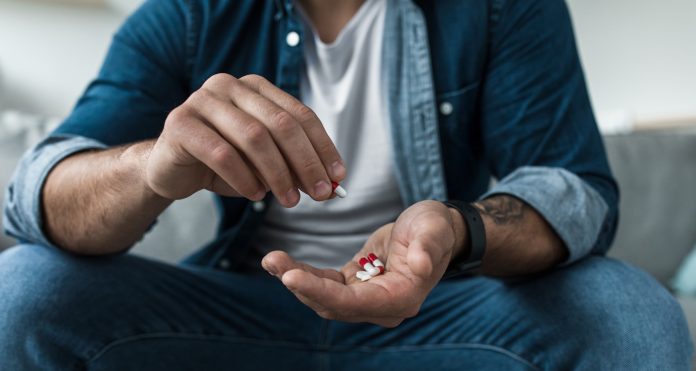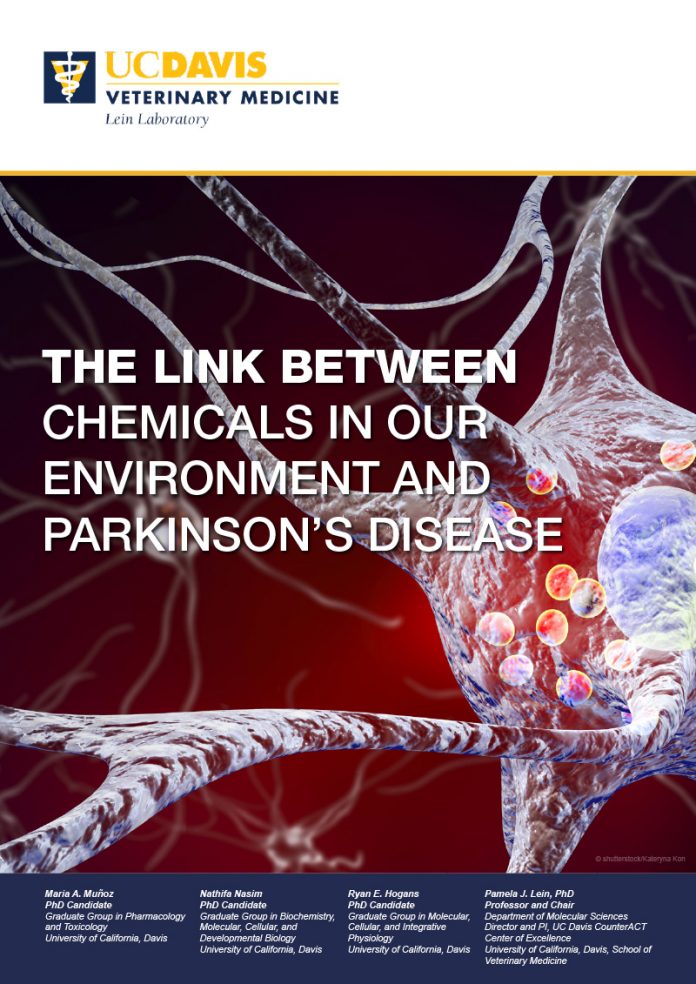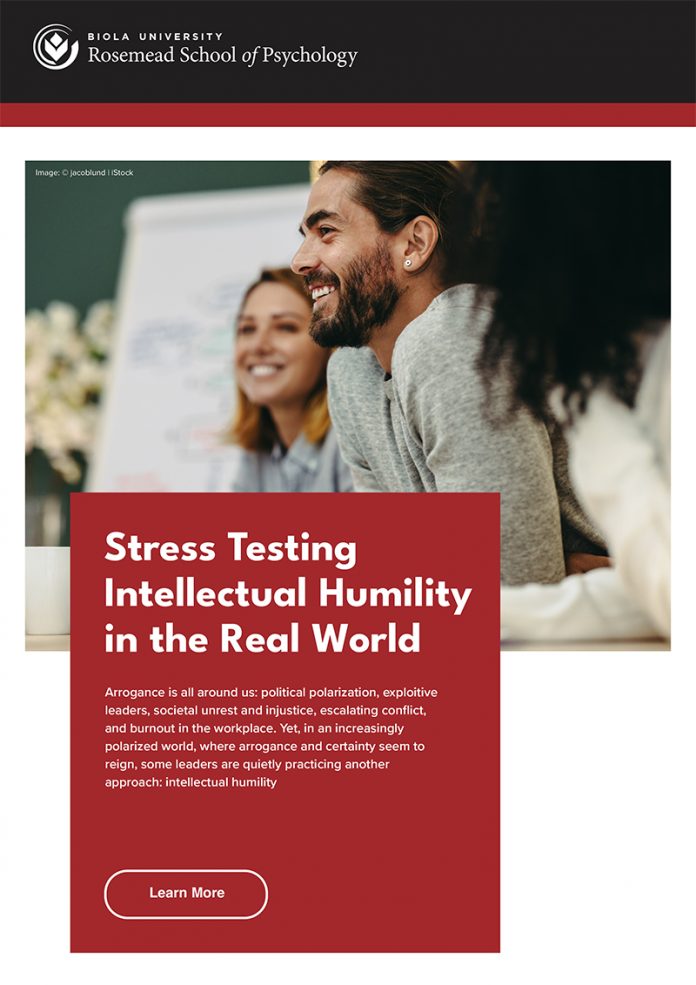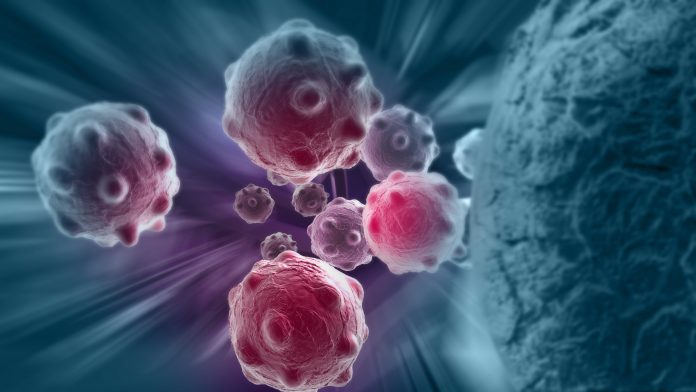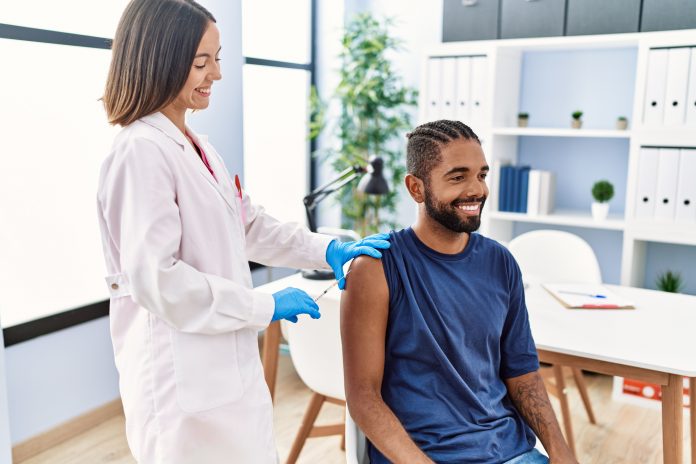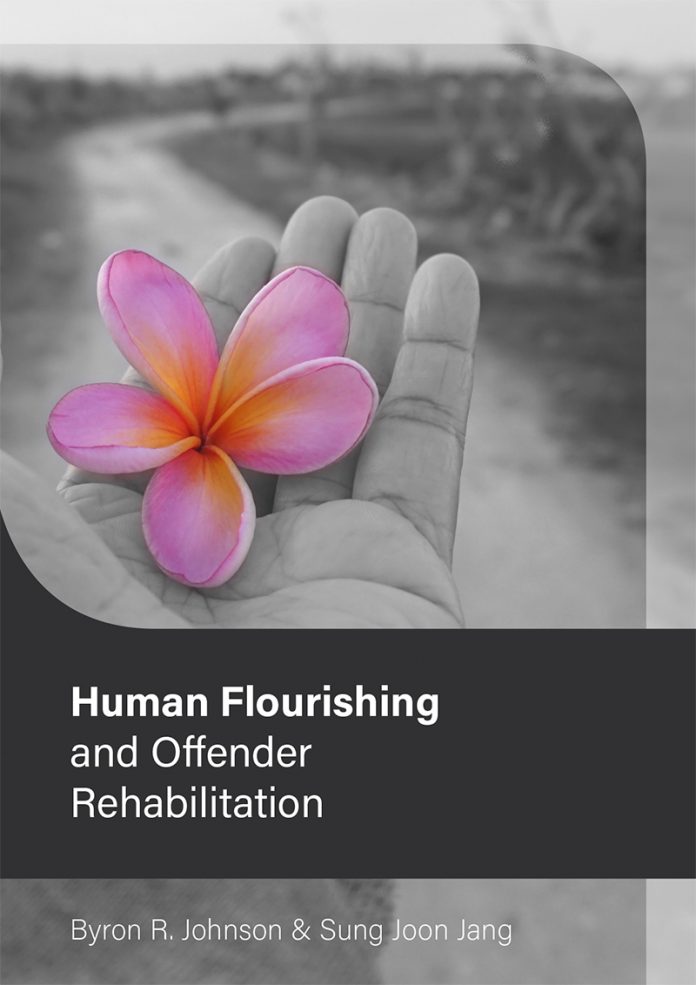Home Search
male health - search results
If you're not happy with the results, please do another search
Sara E. Crann – University of Windsor
Sara E. Crann, Ph.D., (she/her) is an Adjunct Assistant Professor in the Department of Psychology at the University of Windsor, Canada
She received her M.A. and Ph.D. in applied social psychology from the University of Guelph, Canada. Her research uses mixed methods and community-engaged approaches to examine issues related to...
Would you trust AI to predict your future life events?
Artificial intelligence (AI) model, life2vec, is capable of predicting life events, including estimating the time of death, by analysing health data.
Brain infection by SARS-CoV-2: Lifelong consequences
The WATCH team, founded to elucidate the role played by specialized brain cells called tanycytes in various physiological processes, has been investigating how and where the SARS-CoV-2 virus infects the brain, and some long-term consequences of this neuro-invasion.
Key resource for underserved patients with diabetes in the USA
The FQHCs handle 114.2 million patient visits per year. In 2021, one of 4 of these visits was virtual and involved the use of telemedicine, here we explore the value of telemedicine for diabetes patients in rural areas of America
Patients with diabetes mellitus living in rural, underserved areas have...
Will psychedelic research and the ‘psychedelic renaissance’ create another generational divide?
Erika Dyck, Canada Research Chair in History of Health & Social Justice at the University of Saskatchewan, discusses changing attitudes to psychedelics and the challenges in forming a strong evidence base from available psychedelic research.
14-Hour fasting shows improvements in hunger, mood, and sleep
Consuming meals within a 10-hour time frame has been linked to increased energy, mood, and reduced hunger levels, according to recent findings from the largest community science study in the UK.
Religion promotes prisoner well-being
Discover the role religion plays in promoting prisoner well-being.
Men’s antidepressant use has no negative impact on IVF success
In a recent study, researchers from Brigham and Women's Hospital investigated the connection between men's antidepressant use, anxiety and depression and their impact on in vitro fertilisation (IVF) outcomes.
The link between chemicals in our environment and Parkinson’s disease
In 1980, hundreds of individuals reported to emergency clinics in Northern California complaining of tremors, motility problems, and mild cognitive deficits - all classic signs of Parkinson’s disease (PD)
Stress testing Intellectual Humility in the real world
Arrogance is all around us: political polarization, exploitive leaders, societal unrest and injustice, escalating conflict, and burnout in the workplace. Yet, in an increasingly polarized world, where arrogance and certainty seem to reign, some leaders are quietly practicing another approach: intellectual humility.
Artificial intelligence (AI) and biomaterials: A perfect BandAId™
Thomas J Webster, Ph.D., Professor and Entrepreneur, is investigating the potential of AI in medical applications and biomaterial production.
The relevance of human flourishing to offender rehabilitation
Sung Joon Jang and Byron R. Johnson, both from Baylor University, turn the spotlight on the relevance of human flourishing to offender rehabilitation in Colombia and South Africa.
Patients with diabetes in rural underserved areas
Richard J. Santen, MD, Emeritus Professor of Medicine at the University of Virginia in Charlottesville, Virginia, USA, delineates the characteristics of patients with diabetes residing in rural underserved areas, including the role of meal replacements for weight loss.
The impact of weight loss surgery on Cancer prevention
New research reveals that weight loss surgery is linked to reduced cancer incidence and mortality, particularly among females.
The race to succeed AMLO: Mexico’s future hangs in the balance
With AMLO set to step down, many are looking to Mexico's future and asking who will be leading it. With polls suggesting a MORENA victory is inevitable, who are the candidates, and what do they stand for?
10 fantastic tips to help you ensure a balanced menopause diet
Maintaining a healthy and balanced diet is essential at all stages of life, even throughout menopause. Here Dr Deborah Lee lays out her 10 tips to help keep a balanced menopause diet and understand what your body needs.
No correlation between COVID-19 vaccine and athletic performance
Amsterdam UMC sports cardiologists dispel concerns linking the COVID-19 vaccine and athlete cardiac issues.
Human flourishing and offender rehabilitation
Byron R. Johnson and Sung Joon Jang from the Institute for Studies of Religion at Baylor University explore the correlation between religious involvement and human flourishing for those in offender rehabilitation.
Pupil size predicts prefrontal function boost from light exercise
Researchers in Tsukuba, Japan, have found that changes in pupil size during light exercise can predict improved prefrontal executive function.
AI models boost children’s suicide-risk prediction
UCLA Health researchers have developed machine learning models to enhance suicide-risk prediction in children, outperforming traditional methods used by health systems.





